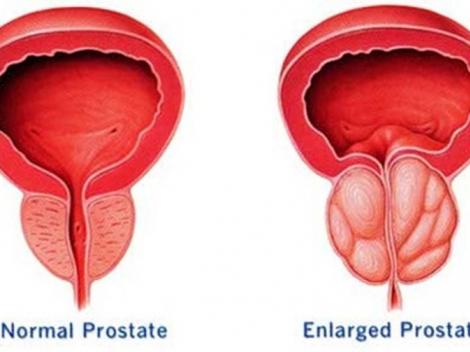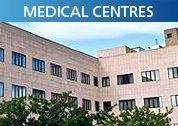
Specialized Centers
Transurethral Resection of the Prostate (TURP)
Transurethral resection of the prostate (TURP) is surgical treatment for benign enlargement of the prostate. Benign enlargement of the prostate consists of the development of a benign tumour, known as prostate adenoma, which grows towards and obstructs the urethra, causing uncomfortable symptoms related to urination.
Benefits of the operation
Resection of the prostate achieves excellent results, improving the flow of urine and preventing possible infections.
Medical-technical description
The surgery is generally performed with epidural anaesthesia, although in some cases general anaesthesia is required. It takes between 30 and 60 minutes depending on the size of the prostate. Patients must stay in hospital for between three and six days.
About the operation
An appliance is inserted through the urethra (resectoscope) into the prostate, cuts will be performed and excess tissue is removed. This tissue is stored for subsequent analysis. There is therefore no need to make any incisions in the area.
Before the operation
- A full study of your medical history to determine the details of the surgery.
- You will be visited by the anaesthetist who will explain the anaesthetic technique to you.
- You must not eat or drink for five to six hours before your treatment.
- Do not wear underwear or removable dentures. You must remove all metal objects (such as rings, bracelets, earrings, body piercings, etc).
Post-operative care
- Your bladder will be washed out through a catheter that you will have to wear for not longer than 24 hours. This will remove any urine that may be left in the bladder.
- Six hours later you will be able to start drinking liquids. It is recommended you drink between two and three litres of water a day.
- You will be given painkillers if you feel any discomfort.
- You should move your feet, bend and stretch your legs to encourage blood flow.
- You will not be released until you have urinated at least once.
- The first few times you urinate you may notice a mild stinging and your urine will be of a pinkish colour. These symptoms will gradually disappear.
- When you are released you will be given a medical report with the date of your follow up visit with your doctor and a prescription of the treatment you should follow.
- The healing process takes between two and three weeks. During this time, urination can be slightly uncomfortable, although no special treatment is required.
- After you are released, you are recommended to lead a quiet life, not to take anticoagulant drugs and to keep an eye on your blood pressure.



